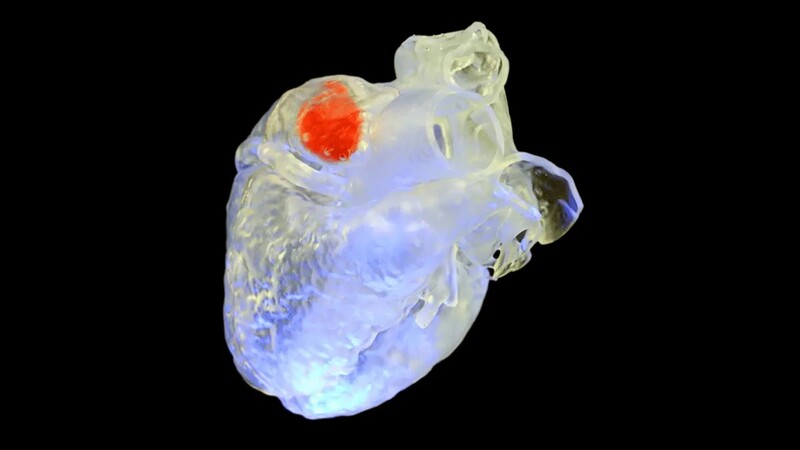The problem: Any open surgery comes with risk. One way scientists have tried to avoid cutting people open is by injecting a photo-sensitive ink that can harden into replacement tissues, but light can’t penetrate very far through skin and organs.
The solution: Researchers at Duke University and Harvard Medical School have developed an ink that hardens when vibrated by sound waves, which can get much deeper inside tissues. After the ink is injected, an ultrasound probe can solidify it bit by bit to shape it into surprisingly complex structures, like heart valves or pieces of bone that resemble scaffolds.
The concept hasn’t been tested in humans, but researchers successfully sealed off a hole in a goat’s heart and corrected a defect in a chicken’s leg bone. It also showed how the same sound wave principle could be used to slowly release chemo drugs inside of a liver.
